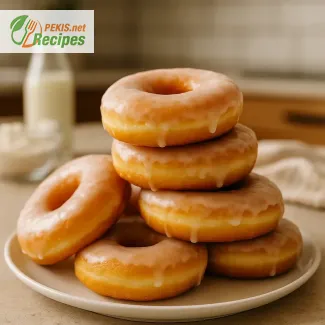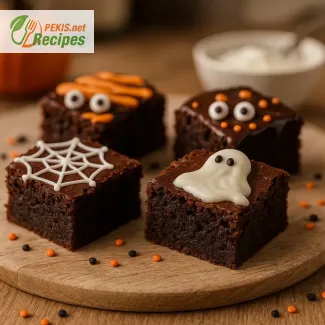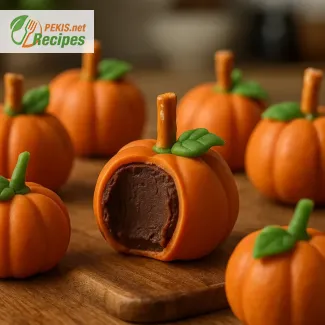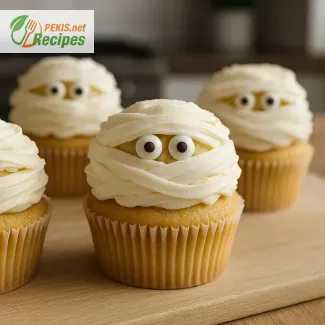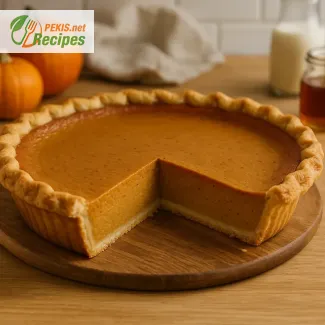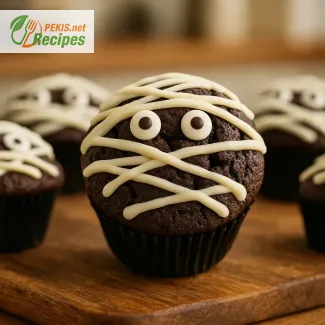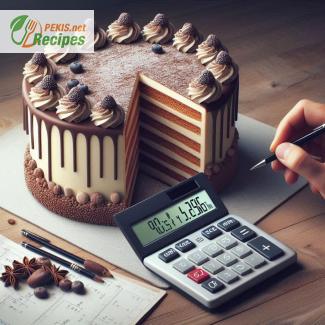
A cake size converter is a practical tool that helps you easily adjust the size of your cakes by converting ingredient quantities for round, square, and rectangular cakes. Whether you're scaling a recipe up or down, this tool ensures that you can achieve the same flavor and texture regardless of the cake's shape or size.
For round cakes, it calculates the diameter and height, for square cakes, the side length, and for rectangular cakes, the length and width. This is especially helpful when you're changing the size of your baking pan but want to ensure the cake will turn out perfectly. With the converter, you can adapt the recipe based on the cake's surface area, making it simple to match the required amount of ingredients.
Cake Size and Portion Calculation:
We’ll assume each piece of cake is approximately 25 cm² to estimate how many pieces each cake will yield. Here's a breakdown of cake sizes, from the smallest to the largest, and the number of servings for each.
Round Cakes:
- Diameter 15 cm (medium small) :
- Height 5 cm = 4 pieces
- Height 7.5 cm = 6 pieces
- Height 10 cm = 8 pieces
- Diameter 20 cm (medium) :
- Height 5 cm = 7 pieces
- Height 7.5 cm = 11 pieces
- Height 10 cm = 15 pieces
- Diameter 25 cm (large) :
- Height 5 cm = 12 pieces
- Height 7.5 cm = 18 pieces
- Height 10 cm = 24 pieces
- Diameter 30 cm (very large) :
- Height 5 cm = 17 pieces
- Height 7.5 cm = 26 pieces
- Height 10 cm = 35 pieces
Square cakes:
- Width/Length 15 cm (medium small) :
- Height 5 cm = 5 pieces
- Height 7.5 cm = 8 pieces
- Height 10 cm = 11 pieces
- Width/Length 20 cm (middle) :
- Height 5 cm = 10 pieces
- Height 7.5 cm = 15 pieces
- Height 10 cm = 20 pieces
- Width/Length 25 cm (large) :
- Height 5 cm = 15 pieces
- Height 7.5 cm = 23 pieces
- Height 10 cm = 31 pieces
- Width/Length 30 cm (extra large) :
- Height 5 cm = 22 pieces
- Height 7.5 cm = 33 pieces
- Height 10 cm = 45 pieces
Rectangular cakes:
- 15 cm x 10 cm (small) :
- Height 5 cm = 3 pieces
- Height 7.5 cm = 5 pieces
- Height 10 cm = 7 pieces
- 20 cm x 15 cm (medium small) :
- Height 5 cm = 7 pieces
- Height 7.5 cm = 11 pieces
- Height 10 cm = 15 pieces
- 25 cm x 20 cm (medium) :
- Height 5 cm = 12 pieces
- Height 7.5 cm = 18 pieces
- Height 10 cm = 25 pieces
- 30 cm x 20 cm (large) :
- Height 5 cm = 15 pieces
- Height 7.5 cm = 22 pieces
- Height 10 cm = 30 pieces
- 40 cm x 30 cm (extra large) :
- Height 5 cm = 30 pieces
- Height 7.5 cm = 45 pieces
- Height 10 cm = 60 pieces
This simple and clear breakdown helps you determine how many servings you’ll get from cakes of various shapes and sizes, making it easier to plan for parties or special occasions.
Recipe for Sponge Cake and Ingredient Quantities for Different Cake Sizes
This sponge cake recipe involves separating the egg whites and yolks, whipping them with sugar, and gradually incorporating flour. For a chocolate sponge cake, sift cocoa powder into the flour. If you'd like to color the sponge, add food coloring while mixing. It is important to mix the flour by hand to keep the batter light and airy.
Instructions:
- Separate egg whites and yolks: Beat the egg whites with half of the sugar until stiff peaks form.
- Whip the yolks: Beat the remaining sugar with the yolks, then gently fold the yolk mixture into the egg whites.
- Gradually add flour: Slowly add the flour, and for chocolate sponge, sift in a tablespoon of cocoa. Gently fold the mixture with a spatula, lifting the batter to keep it light. If you’re using food coloring, add it now.
- Baking: Carefully fill the cake tin by gently spreading the batter from the center outwards with a spatula. Bake in a preheated oven at 180°C (350°F) for 35–40 minutes, depending on your oven.
- Cooling: Let the sponge cool overnight before cutting it. For a two-tone cake (half dark and half white sponge), refer to the recipes in the "Cake Recipes" section.
These recipes are designed for a 7 cm high cake ring. If making taller cakes, adjust the ingredient quantities accordingly.
Quantities for Different Cake Sizes:
For 14 to 16 pieces of cake we need:
- 6 eggs
- 150 g sugar
- 180 g flour
- 1 tablespoon cocoa powder (for chocolate sponge)
- Cream: 6 dcl filling, 4 dcl for coating (if coating with cream)
For 18 pieces of cake we need:
- 9 eggs
- 225 g sugar
- 270 g flour
- Cream: 6–7 dcl filling, 4.5 dcl for coating (if coating with cream)
For 20 pieces of cake we need:
- 10 eggs
- 250 g sugar
- 300 g flour
- Cream: 8 dcl filling, 6.5 dcl for coating (if coating with cream)
For 35 pieces of cake we need:
- 15 eggs
- 375 g sugar
- 450 g flour
- Cream: 1.2 l filling, 7 dcl for coating (if coating with cream)
For taller cakes, increase the ingredient quantities accordingly.
When using a cake size converter, it's essential to take into account several factors beyond just the surface area of the cake pan. One critical aspect to consider is proportional ingredient scaling. While the converter helps you adjust ingredient quantities based on the shape and size of the pan, it's important to remember that certain ingredients, such as leavening agents (baking powder, baking soda), may not always scale perfectly. Too much or too little can affect the texture, causing the cake to either rise too much or not enough.
Additionally, always consider the height of the pan. If you're adjusting both the size and the height of the cake, the volume of the cake changes significantly, which affects the baking time and the heat distribution. For deeper pans, cakes generally require more baking time at a slightly lower temperature to ensure even baking without burning the edges. Conversely, for shallow pans, reduce the baking time to avoid overcooking.
Another important tip is to adjust the oven temperature when scaling up or down. Larger cakes may require a slightly lower temperature to bake evenly through the center, while smaller cakes can handle slightly higher temperatures for a shorter duration.
Lastly, keep in mind the cake's structure when changing sizes, particularly for larger cakes. Larger cakes may need additional structural support, such as dowels, if you are stacking layers, or if the cake is particularly soft. This ensures that the cake maintains its shape and stability, especially for multi-layered cakes.
By considering these factors—ingredient scaling, pan height, baking time, and cake structure—you’ll be able to use the cake size converter effectively, ensuring consistent and professional results regardless of the cake’s size or shape.
